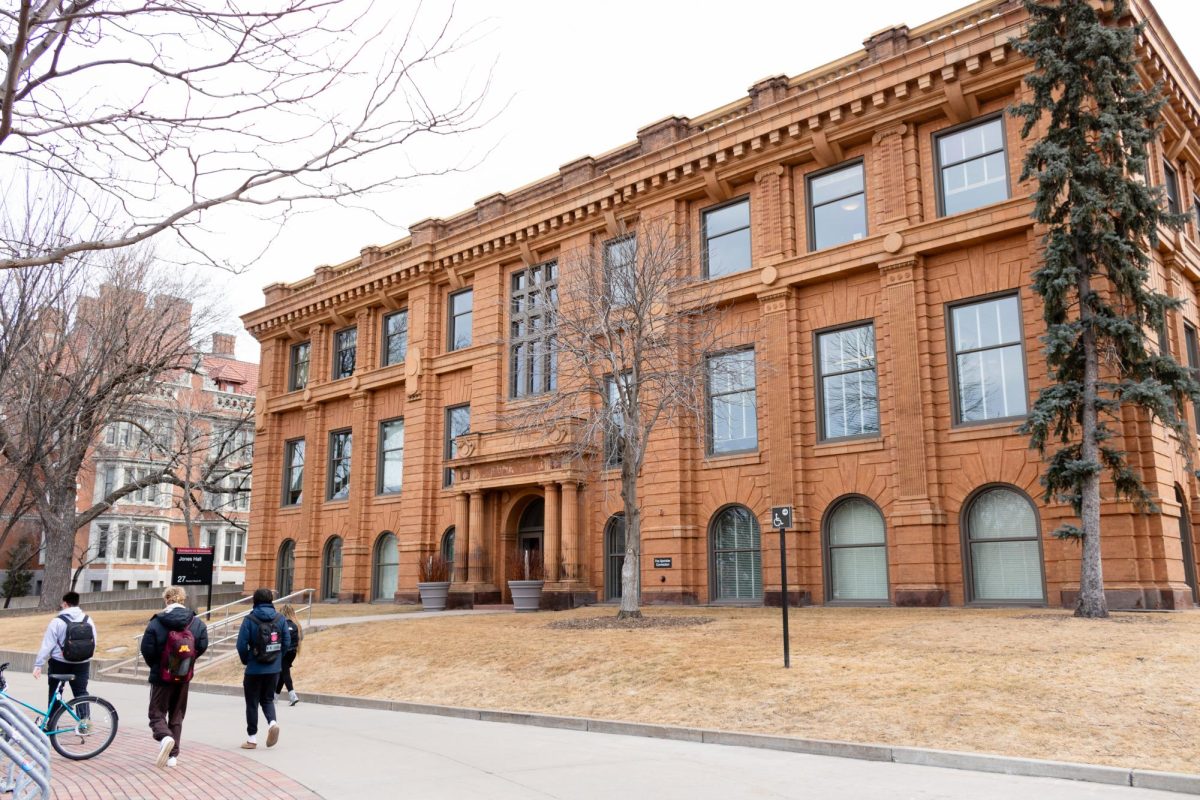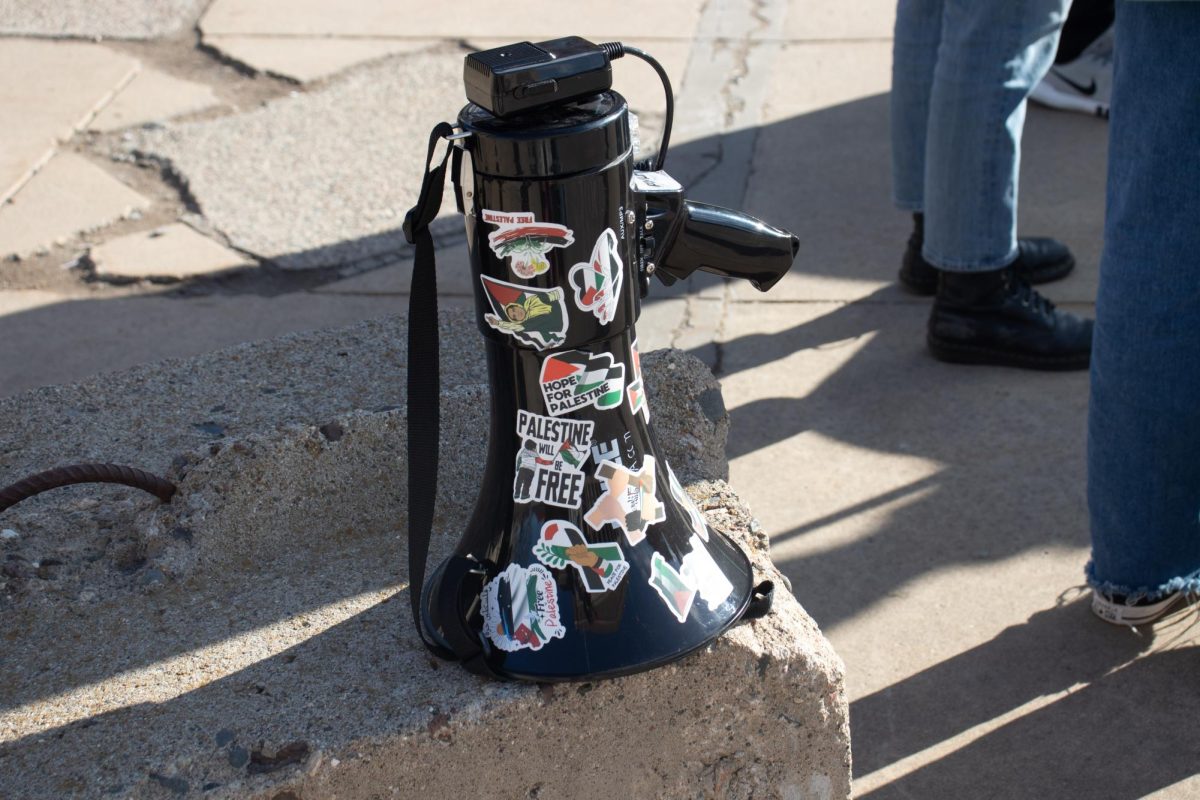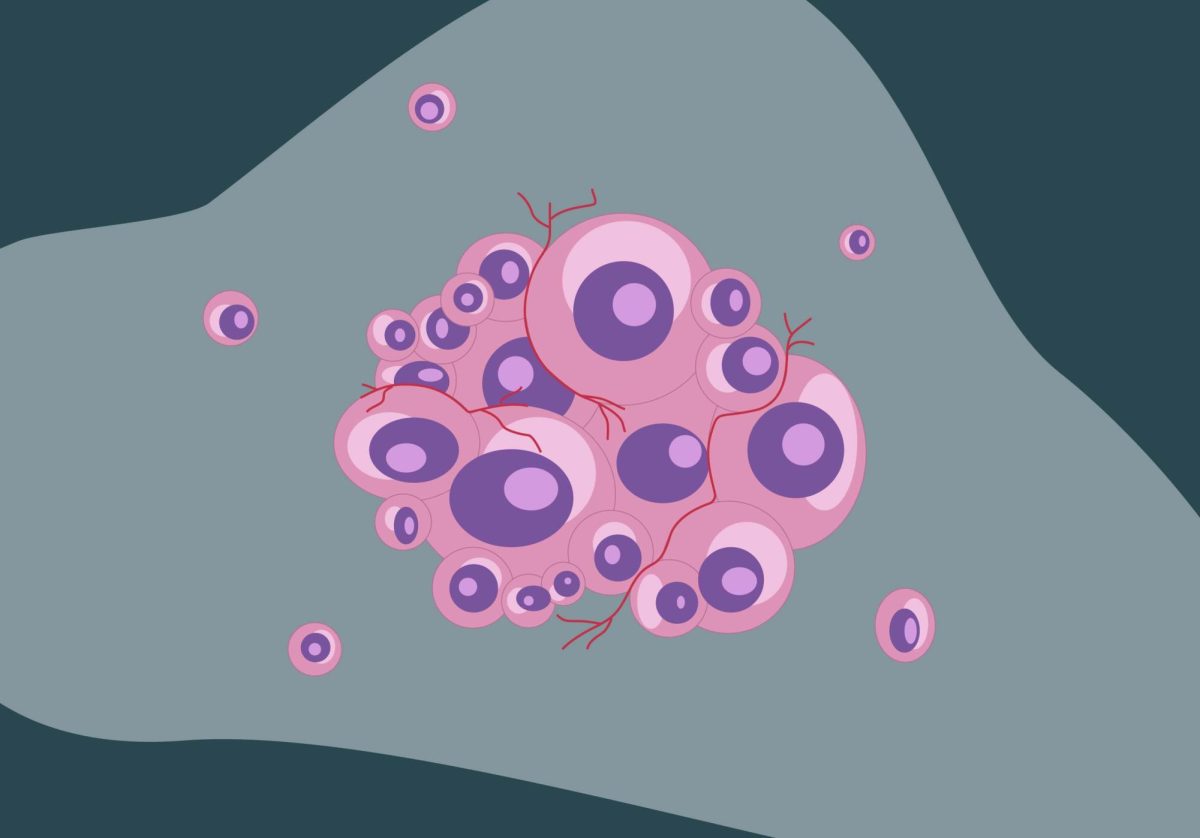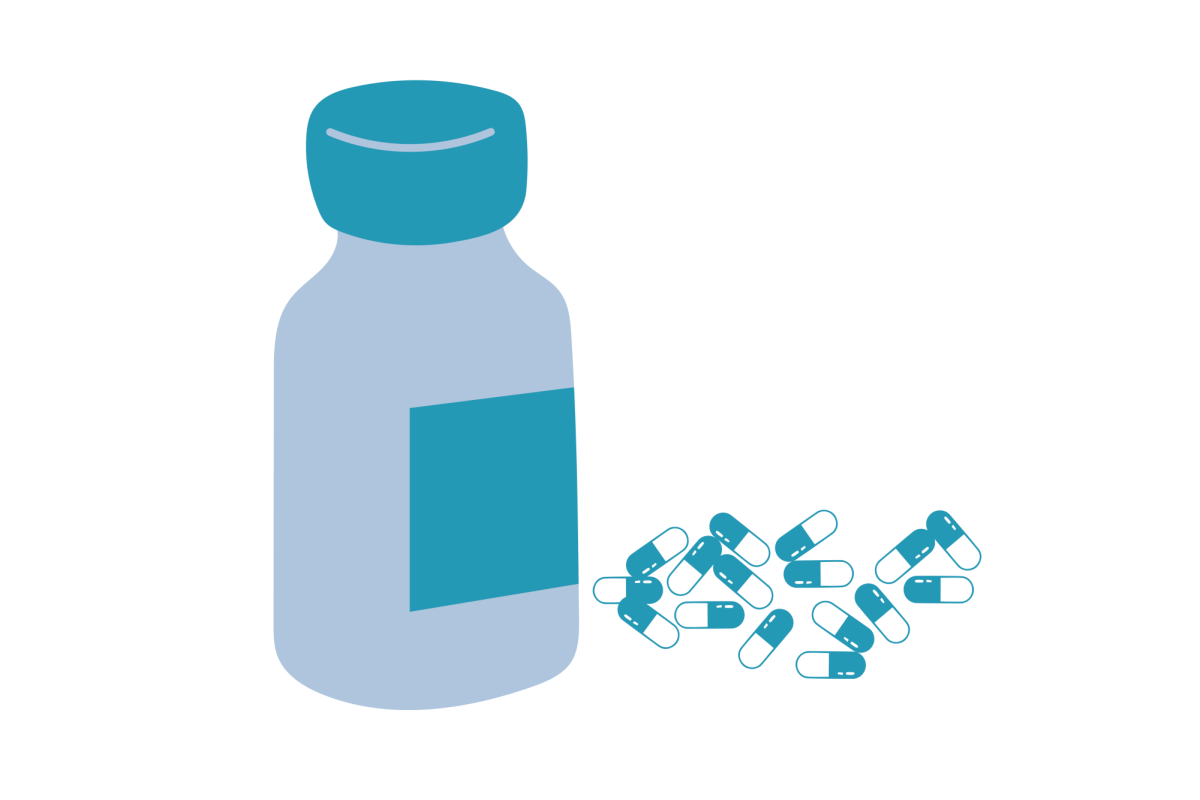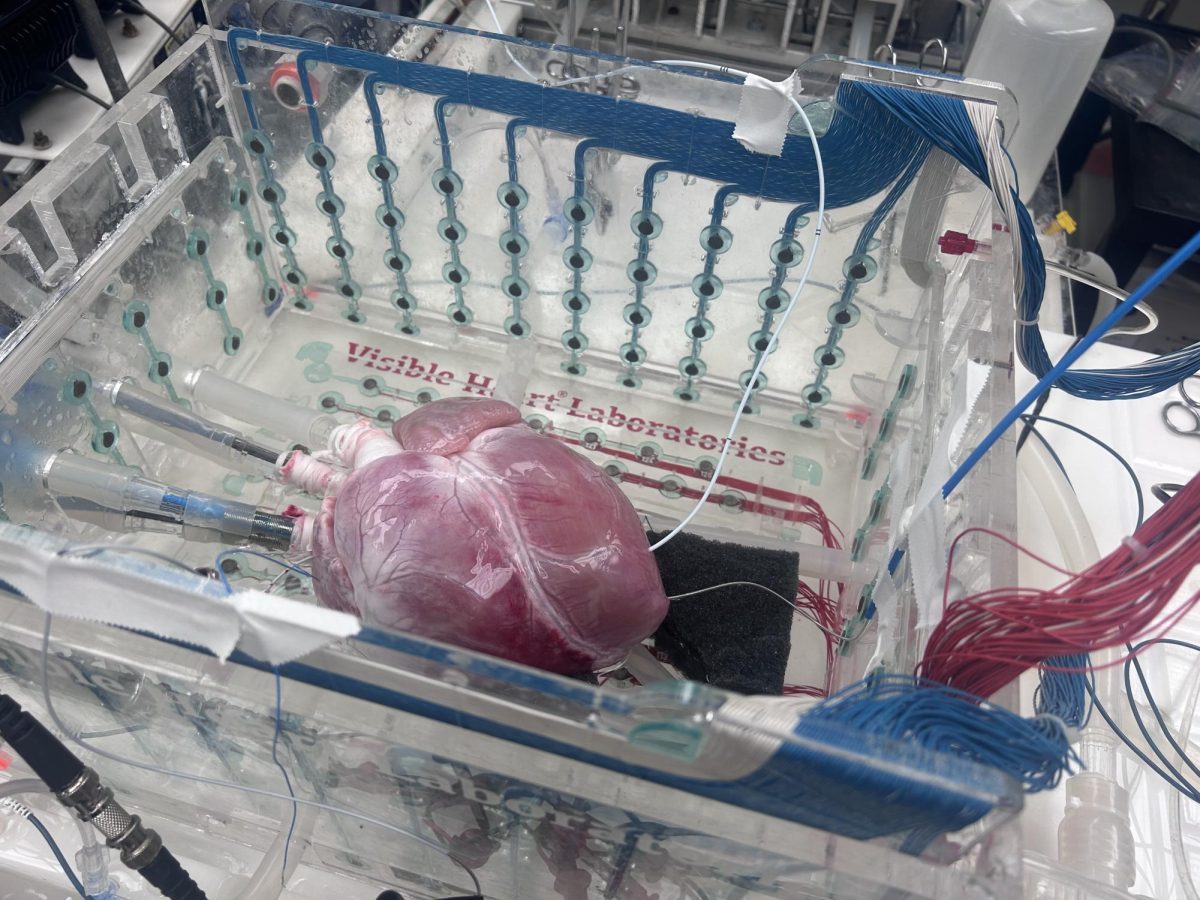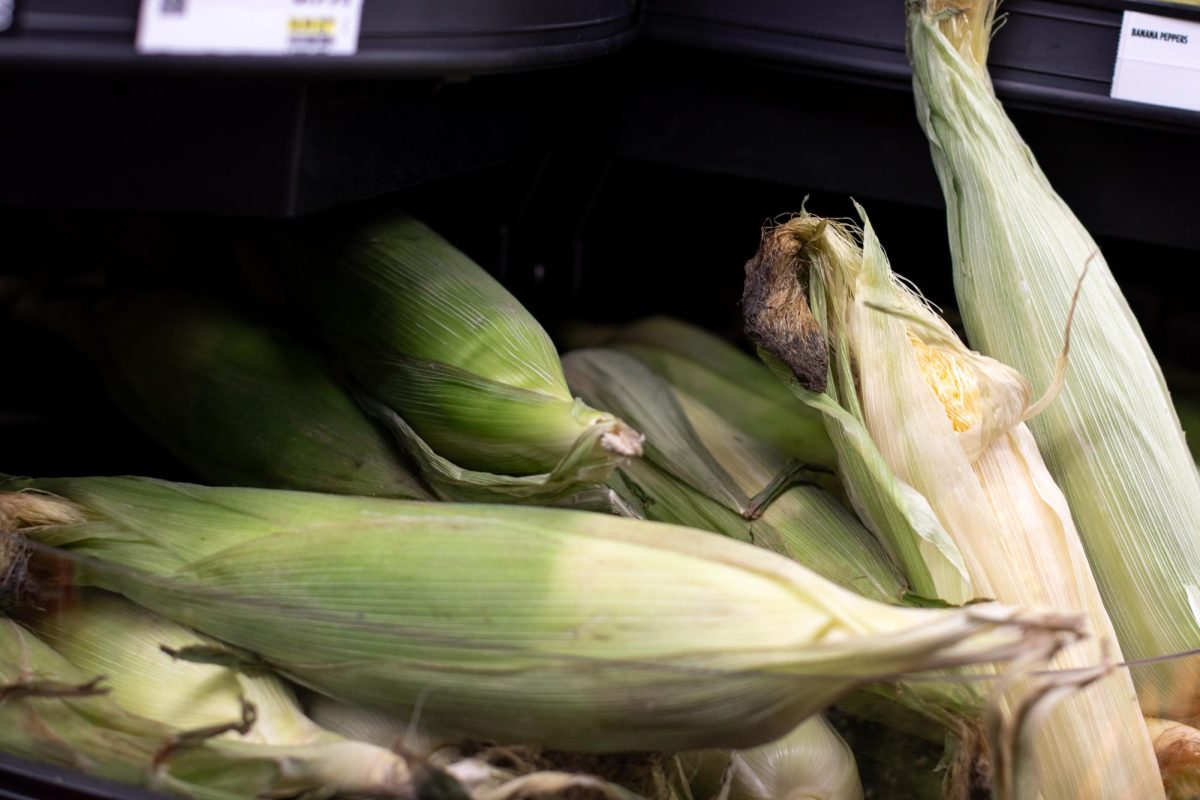A new study from the University of Minnesota’s College of Science and Engineering (CSE) found it can use sensors to detect and remove plastic debris from the Mississippi River, according to a press release from CSE.
Mohammadali Olyaei, the lead author of the study, said before this study, most research focused on debris in oceans as opposed to rivers and lakes, but monitoring freshwater bodies could help keep oceans clean.
“The majority of the plastics come from the rivers to the oceans,” Olyaei said. “So if we can detect the plastics in the rivers and find a way to remove them, we can eventually have a cleaner environment and cleaner ocean.”
The Mississippi River flows directly, bringing any debris, into the Gulf of Mexico, which President Donald Trump recently renamed the Gulf of America.
According to a study from the United Nations Environment Programme, plastic makes up 75% of the debris in the river. Paper and lumber make up 9%, metal makes up 7%, glass makes up 5% and personal protective equipment makes up 2%.
Olyaei said researchers on the study used water from the Mississippi collected at St. Anthony Falls Laboratory and used sensors to measure the reflectance, or the light reflected off an object, of any plastic debris in the water. Once the sensors could distinguish plastics in the water from other materials, they could then categorize the different types of plastic using measurements and wavelengths detected by the sensors.

Researchers added sediments to the water and created waves in the lab to mimic the river conditions to test whether the sensors could find plastics in a more natural environment, Olyaei said.
“Using some machine learning techniques and AI, we found out that the data is accurate,” Olyaei said. “We can identify the plastics and different types of plastics in the water.”
The sensors could be implemented into drones that would fly over the Mississippi and remove plastics from the water, Olyaei said.
Plastics are a solid pollutant in the river, but pesticides and other chemicals also create problems within the river’s ecosystem, Jacques Finlay, a University professor who studies freshwater ecosystems, said.
Storms or other weather conditions can bring things like manure into the ecosystem, Finlay said. Manure contains phosphorus, which in addition to polluting the river, can harm aquatic life.
Disposing of sewage also has drastic effects on the river’s water quality, Finlay said. Using the Mississippi to get rid of sewage creates dead zones in the river, parts of a body of water with minimal dissolved oxygen.
Water without dissolved oxygen makes it difficult for aquatic plants and animals to survive, Finlay said.
“100 years ago, the river was a dead zone,” Finlay said. “There was no dissolved oxygen because there was so much wastewater coming in from poorly treated sewage and other industrial sources.”
The river is no longer a dead zone because it became common practice for cities to have wastewater treatment facilities where sewage is cleaned before being returned to the river, Finlay said.
Minneapolis and St. Paul clean their sewage in the Wastewater Treatment Plant in St. Paul. The facility opened in 1938 and was the first wastewater treatment facility in a metropolitan area along the Mississippi, according to the Metropolitan Council’s website.
The Gulf of Mexico, however, has a dead zone partially because of the water from the Mississippi, Finlay said.
“A lot of the things that get carried by the river, in excess downstream, get into the Gulf of Mexico, and particularly the nutrients in the sediments have a big impact,” Finlay said. “And they fuel this big bloom of productivity, which basically is an overabundance of productivity, which consumes all the oxygen.”
Ecology, evolution and behavior professor James Cotner said the freshwater from the river mixing with the Gulf’s saltwater creates a freshwater cap over the Gulf that traps the oxygen.
“Because fresh water floats on seawater, it stays at the surface, but because it stays at the surface, it is a good way to fertilize algae that are growing near the surface,” Cotner said. “But eventually they grow, they die and fall to the bottom.”
Oxygen stays in the freshwater cap, leaving the bottom seawater layer without it. When the algae dies it sinks to the bottom and uses up all the oxygen, creating a dead zone, Cotner said.
Many of the nutrients like phosphorus and nitrogen contributing to the dead zone come from agriculturally productive places south of the Twin Cities, Cotner said.
“We live in one of the most productive places on the planet in terms of agriculture,” Cotner said. “But the cost of that is often paid in the surrounding aquatic systems like the Mississippi.”




